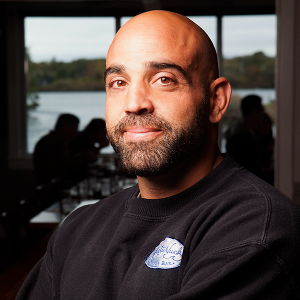Title : Mitigating challenges facing a growing industry: A review of current techniques and trials to improve growth, survival and public acceptance of the shellfish aquaculture industry in New England, USA
Abstract:
Increasing demand for sustainable seafood with a plateauing supply available from wild stocks has created a widening gap between supply and demand. Shellfish aquaculture has tremendous potential to help fill that gap by producing nutritious seafood while providing ecosystem services such increasing dissolved oxygen, increasing biodiversity, reducing erosion and stock enhancement.
The shellfish aquaculture industry faces challenges in the hatchery/nursery phase due to ocean acidification, bacteria and algae production for shellfish larvae food, all of which contribute to a shortage in shellfish seed. While shellfish aquaculture is widely recognized to be sustainable agriculture, it does face challenging societal issues in the grow out phase increasing user group conflicts due to industry expansion, as well as human health concerns due to harmful algal blooms; which are often times difficult to detect. These challenges must be addressed both on a societal and biological standpoint to allow the shellfish aquaculture industry to continue to grow.
This presentation will describe a combination of hatchery techniques being used to increase stocking densities, control bacteria and counteract lower Ph in hatchery water in order to increase larvae survival, and ways to more efficiently produce and deliver algae to larva and post larvae shellfish. Methods being used and developed to detect harmful algae blooms and mitigate user group conflicts in the Northeast USA will also be reviewed.



